Visual anthropology is a sub-field of social anthropology which is used to study and production of ethnographic photography and film. It is much more than an ethnographic film, including an anthropological study of all visual representations.
Visual anthropology gives viewers a sense of being there with the anthropologists.
Role of Visual Anthropologists
Visual anthropologists study human beings using visual data like videos and photos. Videos and photos are used as a supplement to our traditional research methods.
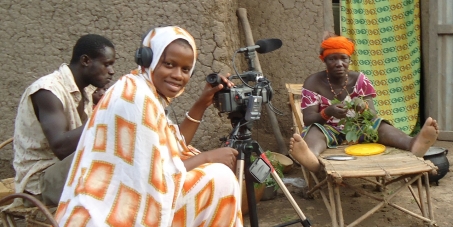
Visual anthropologists not just use only visual technologies for research but also explore the various visual mediums that can be used in a social context.
How to depict the lives that other people live? That is what visual anthropologists want to know. For them, research means picking up the camera and engaging themselves in the life-worlds of others from the tribal people to the politicians and from any part of the world. Then they make a film about what they learned. They keep experimenting with the film for anthropological work.
Historical development of Visual Anthropology
To understand how visual anthropology became a separate discipline let us first talk about the ethnographic film. Photography was used by ethnographers as a tool for research.
In 1895, Felix Louis used chronophotography (a photographic technique that captures a number of phases of movements) to film West African women who were engaged in making traditional pottery. He then combined this footage with his article on pottery techniques. This combination of film and writing marked the beginning of the ethnographic film.
In the 1920s and 30s, the discovery of more portable cameras leads to the popularization of the use of film to document cultures.
This leads to criticism.
Criticism of use of film and photography
Everything and every effort are subject to criticism. Even though the use of film in writing was a great advantage for better understanding for the audience, it received various types of criticism.
People started saying that the film created is highly fabricated. It is not trustworthy. Some highlights that these films are highly scripted and heavily edited which compromised their value as a source for viable data and social science research.
After the II world war, Anthropologists were aware of this criticism. Then they believed that the presence of both cameras and the anthropologist himself will overcome this problem. They continued to develop a variety of techniques to improve the scientific value of their films. For example, limiting the editing and narration in films to give the audience more authentic information.
There is a fact that cameras influence the informant’s behaviour. So later researchers partially structure the film and partially play the roles of fictional characters.
Visual anthropology does not only work as a tool for the researcher but also helps in engaging the audience in the documentary. This helped in the emergence of visual anthropology in the 1970s as a new field. During this, films and photography became more popular.
Later on, film-making and photography began to use in anthropological interrogation like how visual cultures influence us, how they shape our identities, etc.
Conclusion
Using film as a form of data collection in research methodology has become a trend for many researchers. They start using film in their writing. The use of film to document cultures has now become a new trend.

Today various Universities provide Masters in visual anthropology. Anyone who is interested can go through the google search and apply for the program.
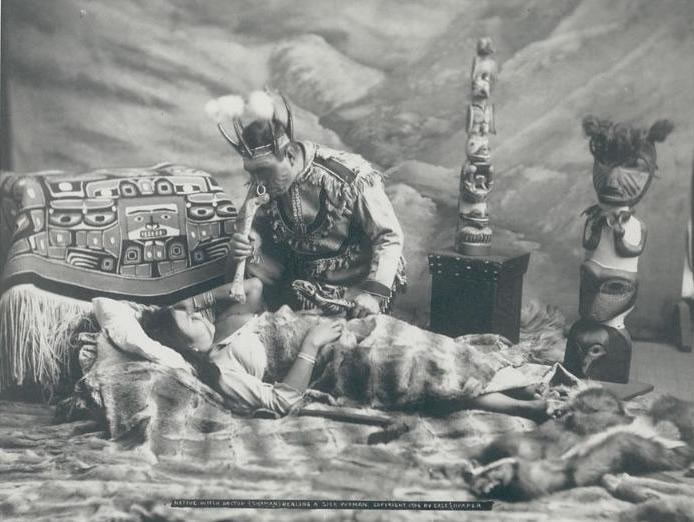

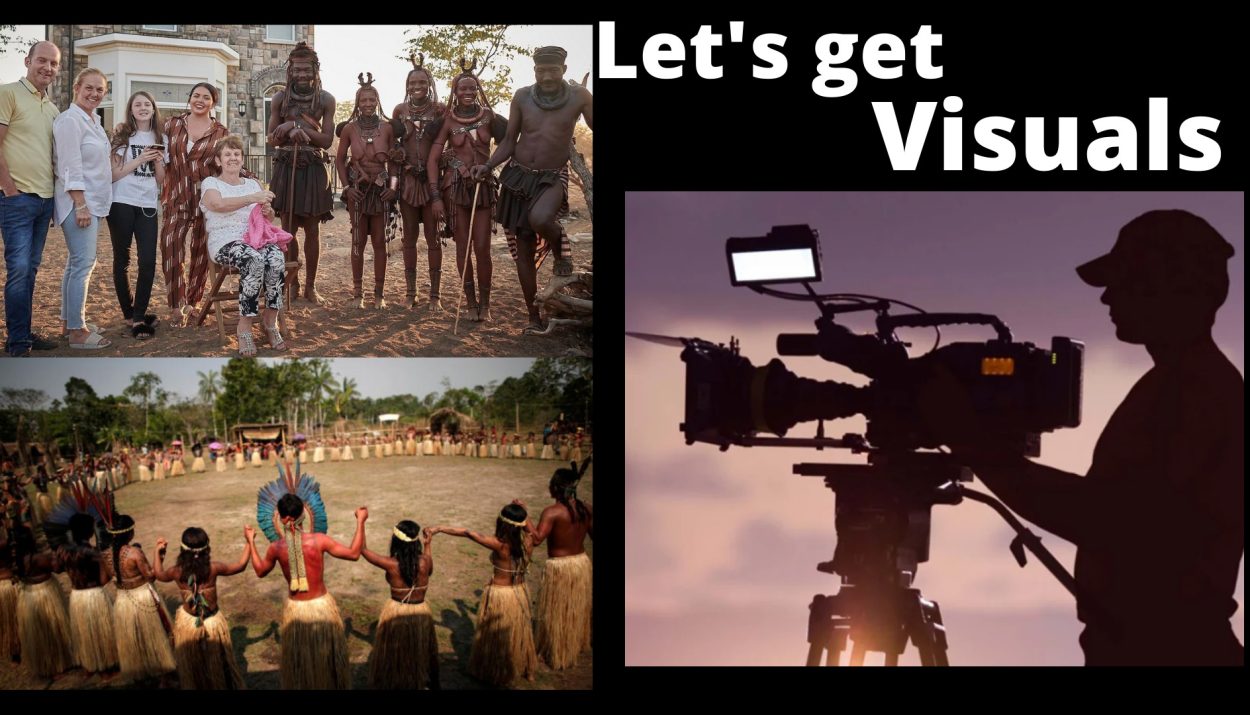
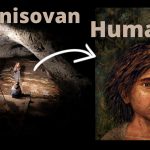
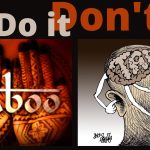
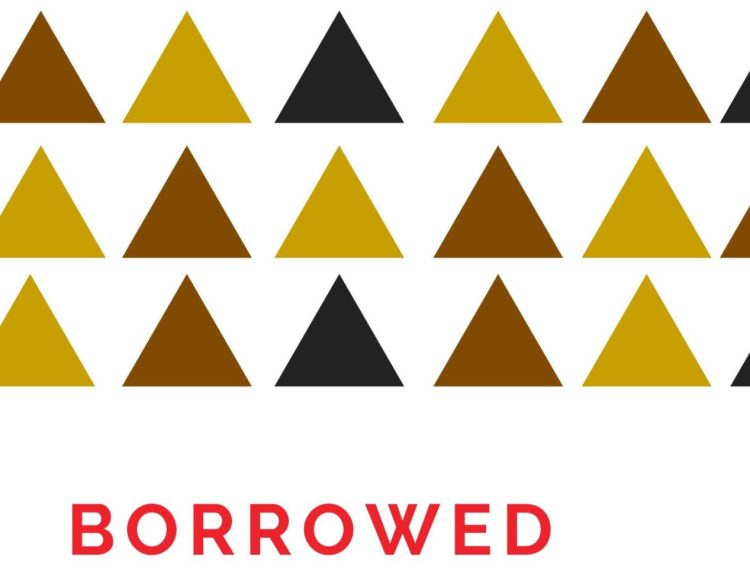

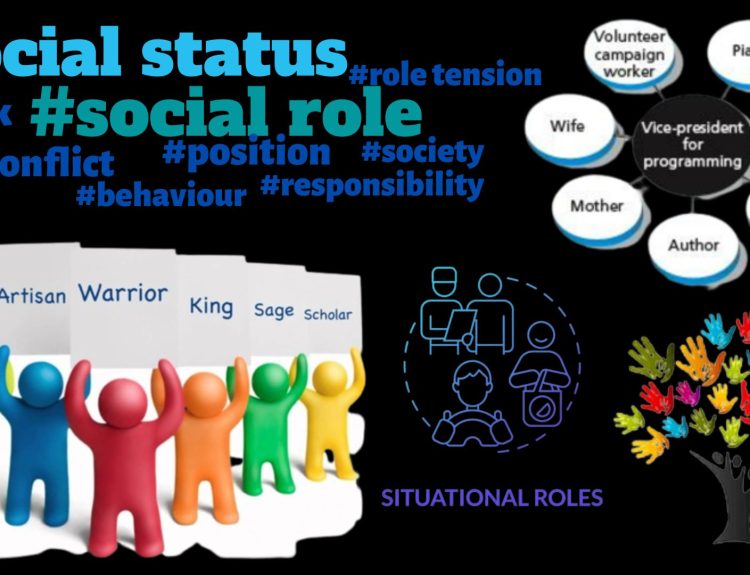
11 Comments
Marilynn
2 years agoIt’s an amazing post for all the internet visitors; they will get benefit from it I
am sure.
K VINEETA
2 years agoThank you for your support
Summer
2 years agoyou are truly a excellent webmaster. The web site loading pace is amazing.
It seems that you’re doing any unique trick.
In addition, The contents are masterwork. you’ve done a great task on this topic!
K VINEETA
2 years agoThank you. I am glad you liked it.
Brianna
2 years agoIt’s in fact very complex in this full of activity life to listen news on Television,
thus I just use internet for that reason, and obtain the
newest news.
Lashawn
2 years agoWow, this article is good, my younger sister is analyzing these things, therefore I
am going to tell her.
K VINEETA
2 years agoThank you for your support.
K VINEETA
2 years agoI am glad you liked it. Thank you for your appreciation. It means a lot to me.
Shirleen
2 years agoI do trust all the concepts you’ve offered on your post. They’re very
convincing and can definitely work. Still, the posts are very quick for
beginners. May you please prolong them a bit from subsequent
time? Thanks for the post.
K VINEETA
2 years agoDefinitely, I will keep this in mind for my future posts.
trust club
2 years agoIm obliged for the article.Really thank you!